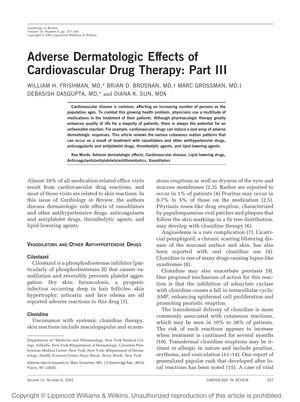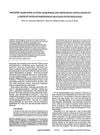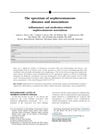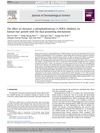Adverse Dermatologic Effects of Cardiovascular Drug Therapy: Part III
November 2002
in “
Cardiology in Review
”

TLDR Cardiovascular drugs can cause various skin problems, so recognizing these reactions is important.
The document reviewed the adverse dermatologic effects of various cardiovascular drugs, noting that nearly 10% of medication-related office visits were due to these reactions, many involving skin issues. Specific drugs and their associated skin reactions included cilostazol (dry skin, furunculosis), clonidine (maculopapular eruptions, pruritus), diazoxide (hypertrichosis), doxazosin (rash, alopecia), and others. Clopidogrel caused skin disorders in 15.8% of over 11,000 patients, with serious reactions in 0.7%. Heparin was noted for causing telogen effluvium and other skin reactions, including necrosis and urticaria. Warfarin could cause severe skin necrosis. Lipid-lowering agents, particularly HMG-CoA reductase inhibitors, were associated with hypersensitivity reactions, including alopecia and pruritus. The review emphasized the importance of recognizing these reactions to manage and mitigate adverse effects effectively.





